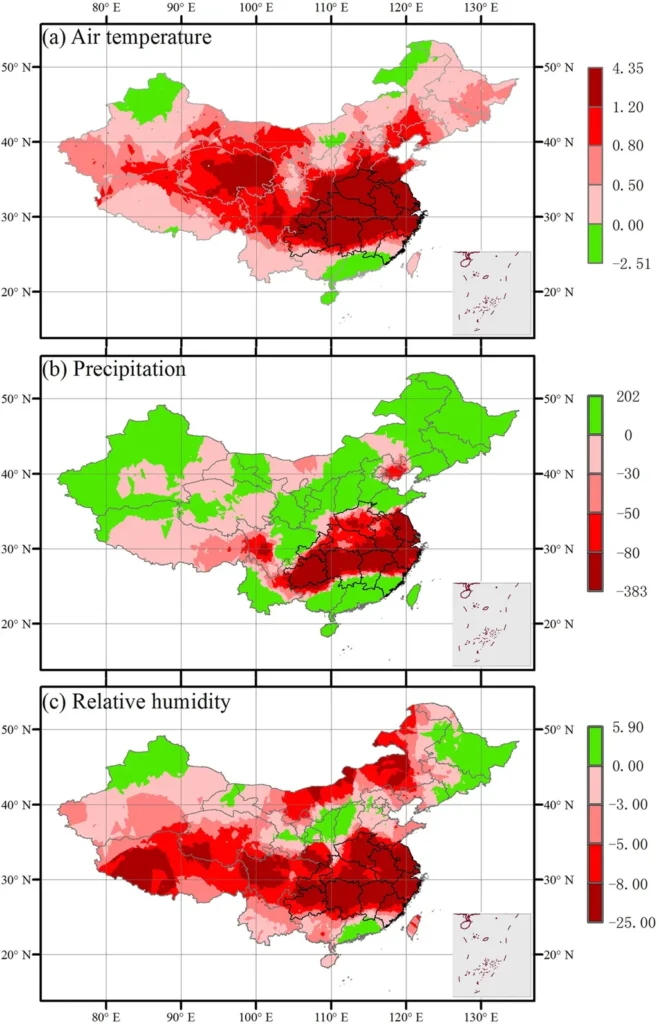In a groundbreaking study published in the journal *Indicators of Ecological Quality*, researchers have introduced a novel environmental indicator that could reshape how we understand and prepare for the compounded effects of wind droughts and heat waves. Led by Jiewen You from the School of Geographical Sciences at Fujian Normal University, the research delves into the intricate dynamics of these concurrent extremes, offering critical insights for both ecological stability and renewable energy sustainability.
The study, which analyzed data from mainland China between 2000 and 2022, reveals a troubling trend: the frequency of compound wind droughts and heat waves (WDHW) is increasing. These events, characterized by low wind power and extreme heat, pose significant threats to both ecosystems and energy systems. “Our findings highlight a spatial heterogeneity in WDHW events, with high-frequency occurrences concentrated in northwestern China,” You explained. “This trend is not just an ecological concern but also a critical issue for the energy sector, particularly for wind energy reliability.”
Using advanced machine learning techniques, including XGBoost and SHAP (SHapley Additive exPlanations), the researchers identified maximum temperature and vapor pressure deficit as primary drivers of WDHW events. The interaction between these factors, as revealed by SHAP analysis, underscores the complex interplay between heat, dryness, and wind patterns. “The XGBoost model performed exceptionally well, with high R2 values across training, cross-validation, and test datasets,” noted You. “This accuracy allows us to better understand the underlying mechanisms and predict future occurrences with greater precision.”
The ecological implications are equally profound. The study found that Half Protected ecoregions and Deserts & Xeric Shrublands biomes are particularly vulnerable, with peak WDHW frequencies observed in these areas. “These findings indicate dual vulnerabilities to biodiversity and energy systems,” You emphasized. “Understanding these patterns is crucial for developing sustainable adaptation strategies that can mitigate the impacts on both ecosystems and energy infrastructure.”
For the energy sector, the implications are far-reaching. Wind energy, a cornerstone of renewable energy portfolios, is particularly susceptible to wind droughts. The study’s findings could inform better forecasting and planning, ensuring more reliable and resilient energy systems. “This research provides a critical tool for assessing the reliability of wind energy in the face of climate-driven extremes,” You added. “It’s a step towards more informed decision-making and sustainable energy adaptation.”
As climate change continues to intensify, the need for comprehensive understanding and proactive measures becomes ever more urgent. This study not only advances our knowledge of compound extremes but also paves the way for innovative strategies to safeguard both ecological and energy systems. With the insights gained from this research, stakeholders can better prepare for the challenges ahead, ensuring a more sustainable and resilient future.

